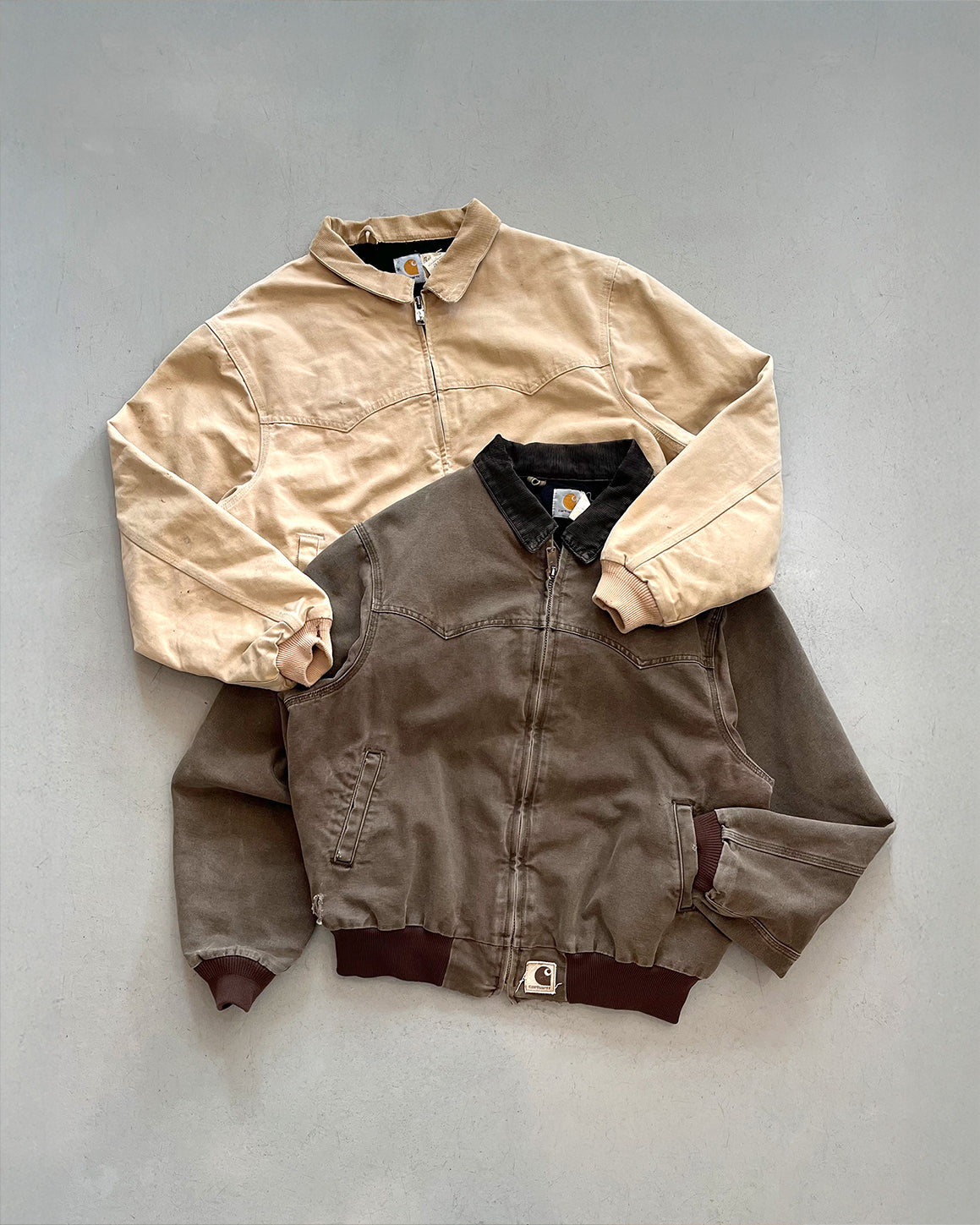Over the years, lots of celebrities have been revered as "style icons", celebrated by many, and influencing the masses with their fashion choices. But sometimes, a style icon doesn't fit the traditional mold, and subverts trends in a wholly unique way.
In this blog, we'll be diving into what we'll call the "anti-icons" of fashion history.
Jean-Michel Basquiat

Basquiat never cared about what others thought of him.
After being expelled for throwing a pie at his principal, he came up as an NYC graffiti artist in the late 1970s, spending his days working at a clothing store in NoHo. It was during this time that he began experimenting with painting walls, furniture and even upcycling clothes, adorning them with his artwork, similar to the approach that Virgil Abloh would take 33 years later. Not long after in 1981, he would sell his first painting for $200 to the lead singer of Blondie, and this would begin his foray into the NYC art scene where he would meet and befriend both Andy Warhol and Keith Haring.
Basquiat's style was unapologetically him. He was known for wearing paint-covered Armani suits, cutting his hair into very unorthodox styles such as when he shaved the front and back of his head to look like he was "coming and going at the same time". His art was revered during his lifetime, but it wasn't until after his death in 1987 that his impact on art and fashion was truly recognized.
David Bowie

The ever-evolving chameleon of music, Bowie's style was a theatrical exploration of identity.
He took pride not only in his eccentric outfits, but in consistently staying ahead of the curve. From Ziggy Stardust's flamboyant jumpsuits adorned with glitter and stars to the Thin White Duke's sharp suits and fedoras, Bowie's clothing choices were meticulously crafted to represent the characters he embodied on stage and screen. His fashion was never an afterthought; it was an integral part of his artistic performance, helping to push the boundaries of gender expression and while blurring the lines between reality and fantasy.
Björk
 Hailing from Iceland, Björk began her career as child singer in the late 1970s, and in the 1980s as part of the band The Sugarcubes. The band found success both domestically and internationally, leading to a North American tour and a Saturday Night Live appearance in 1988. It was during this time that Björk became unhappy with the direction the band was taking, and decided that she would embark on a solo career. After a brief period of meeting new musicians and recording, she would release her avant-garde debut album "Debut" in 1993 to critical acclaim.
Hailing from Iceland, Björk began her career as child singer in the late 1970s, and in the 1980s as part of the band The Sugarcubes. The band found success both domestically and internationally, leading to a North American tour and a Saturday Night Live appearance in 1988. It was during this time that Björk became unhappy with the direction the band was taking, and decided that she would embark on a solo career. After a brief period of meeting new musicians and recording, she would release her avant-garde debut album "Debut" in 1993 to critical acclaim.
Much like her music, Björk's fashion sense grew from her punk rock roots into something truly one-of-a-kind as she embraced frilly dresses, coupled with animal-inspired masks and theatrical makeup. Today, Björk is held in high esteem not just for her extremely unique music, but her fashion sense that remains in a class of its own.
Vivienne Westwood

Vivienne Westwood began her fashion career in 1971, co-owning the boutique "Sex" in West London, England with her husband, Malcolm McLaren, who managed the Sex Pistols. Their designs for the band helped turn the shop into a punk rock hotspot. After the decline of punk, Westwood debuted her first collection with her husband in 1981, mixing African fabrics with 18th and 19th-century silhouettes, achieving great success and solidifying her status as a fashion innovator.
Westwood's designs challenged traditional notions of beauty and femininity, often incorporating elements of bondage and fetish wear. She worked tirelessly to give a voice to the marginalized and disenfranchised through her clothing, inspiring generations of fashion rebels. She passed away in 2022.









